What is pink mold and how do you get rid of it? We ask the specialists
Pink mold isn't as stylish as it sounds – we asked mold specialists how to identify and get rid of this unsightly bacteria
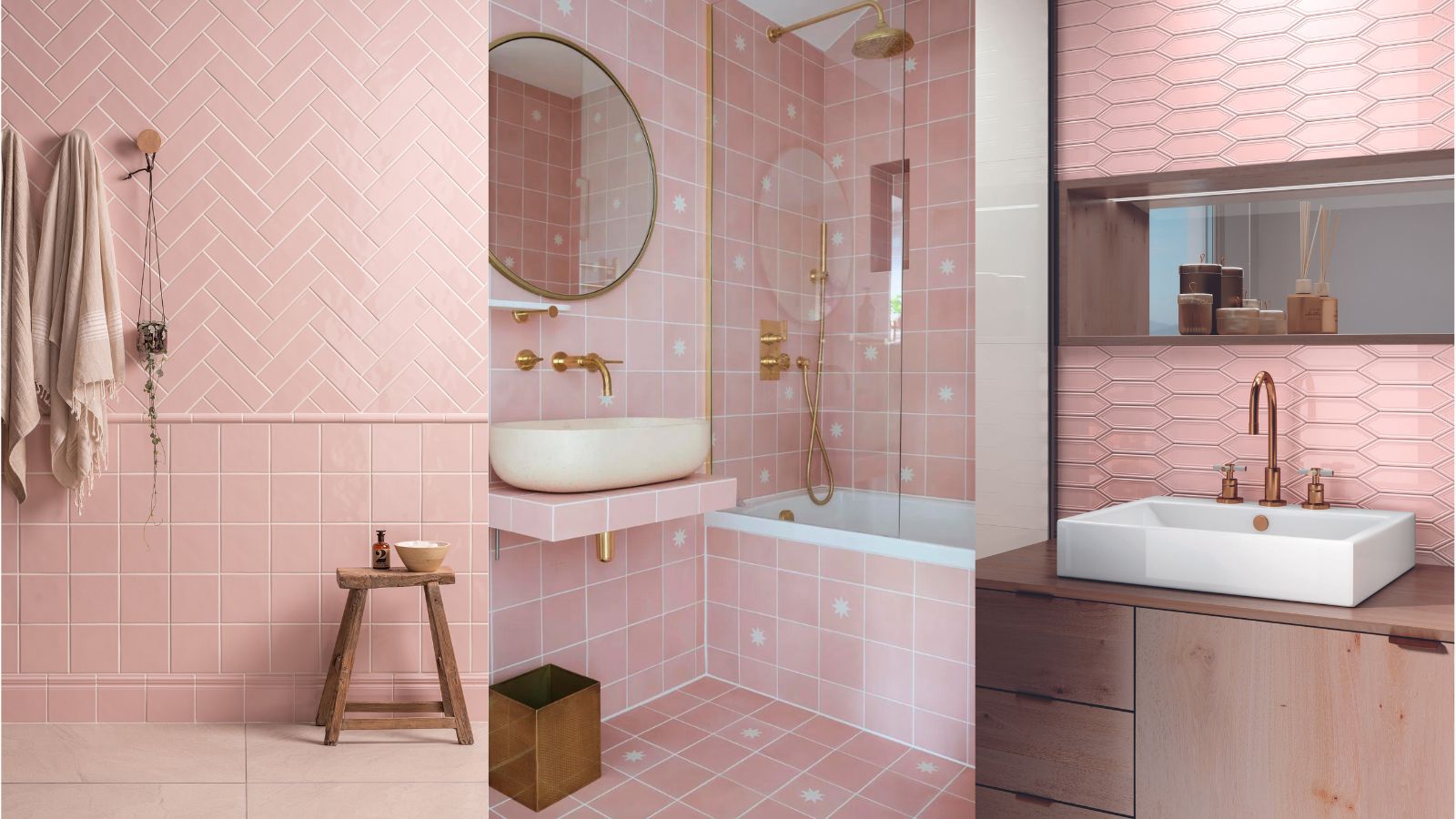
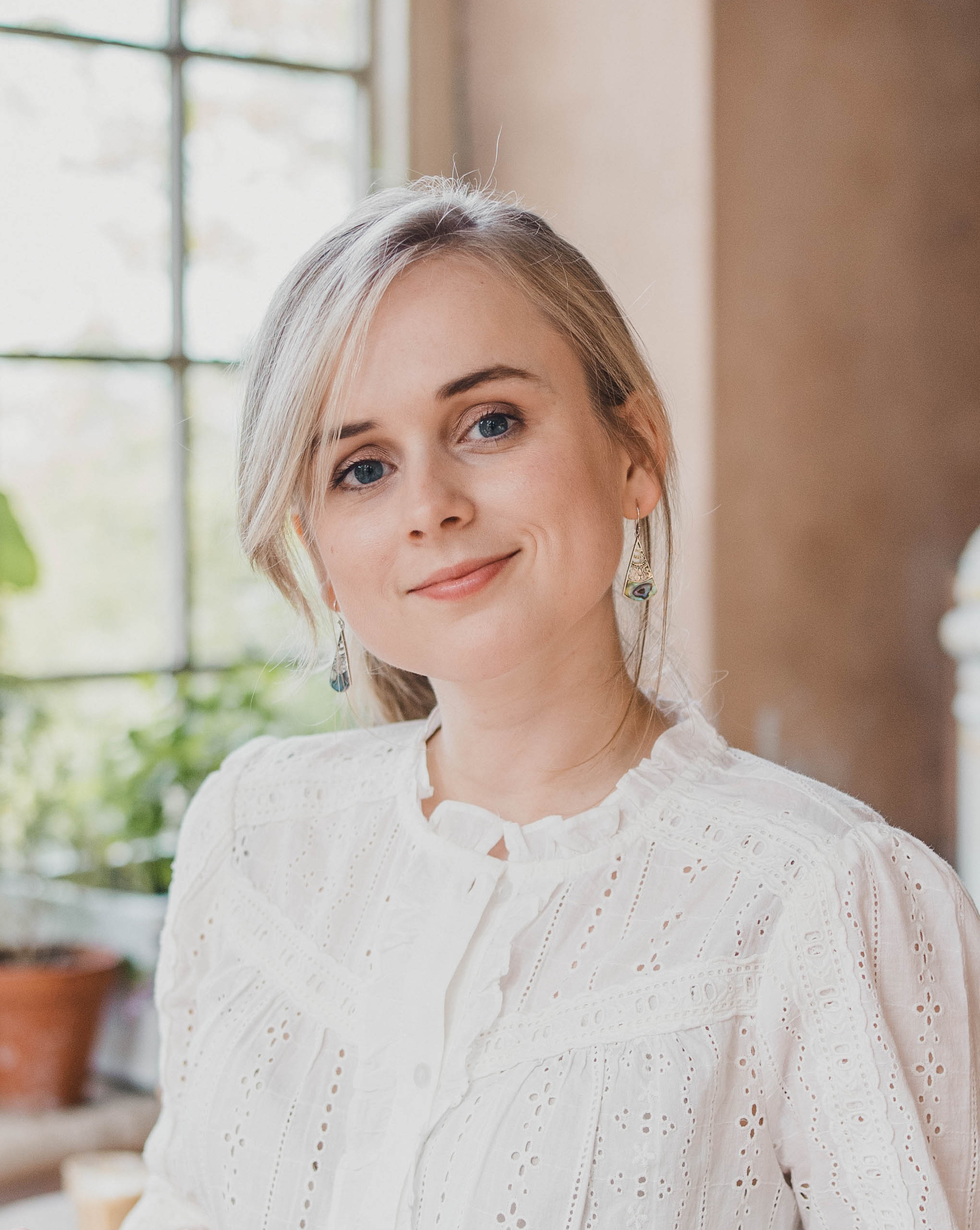
While pink tiles are a stylish way to enhance your bathroom, pink 'mold' is not. Despite its colorful name, this vibrant-looking bacteria is a common nuisance homeowners nationwide will likely encounter growing in their showers or bathtubs.
Though it is a common type of household mold – and not nearly as destructive as toxic black mold – you should try to eliminate this unsightly pink stain as soon as you discover it lurking in the corners of your bathroom.
But how do you know if it's 'pink mold' growing in your shower, and what should you do to root it out? We asked mold specialists to share their top tips.
What is pink mold and how to get rid of it
'Pink mold in a home could be a species such as Aureobasidium pullulans,' explains Michael Rubino, Mold Expert and Founder of HomeCleanse. 'But the most common culprit isn't mold at all. It's actually an airborne bacteria called Serratia Marcescens'.
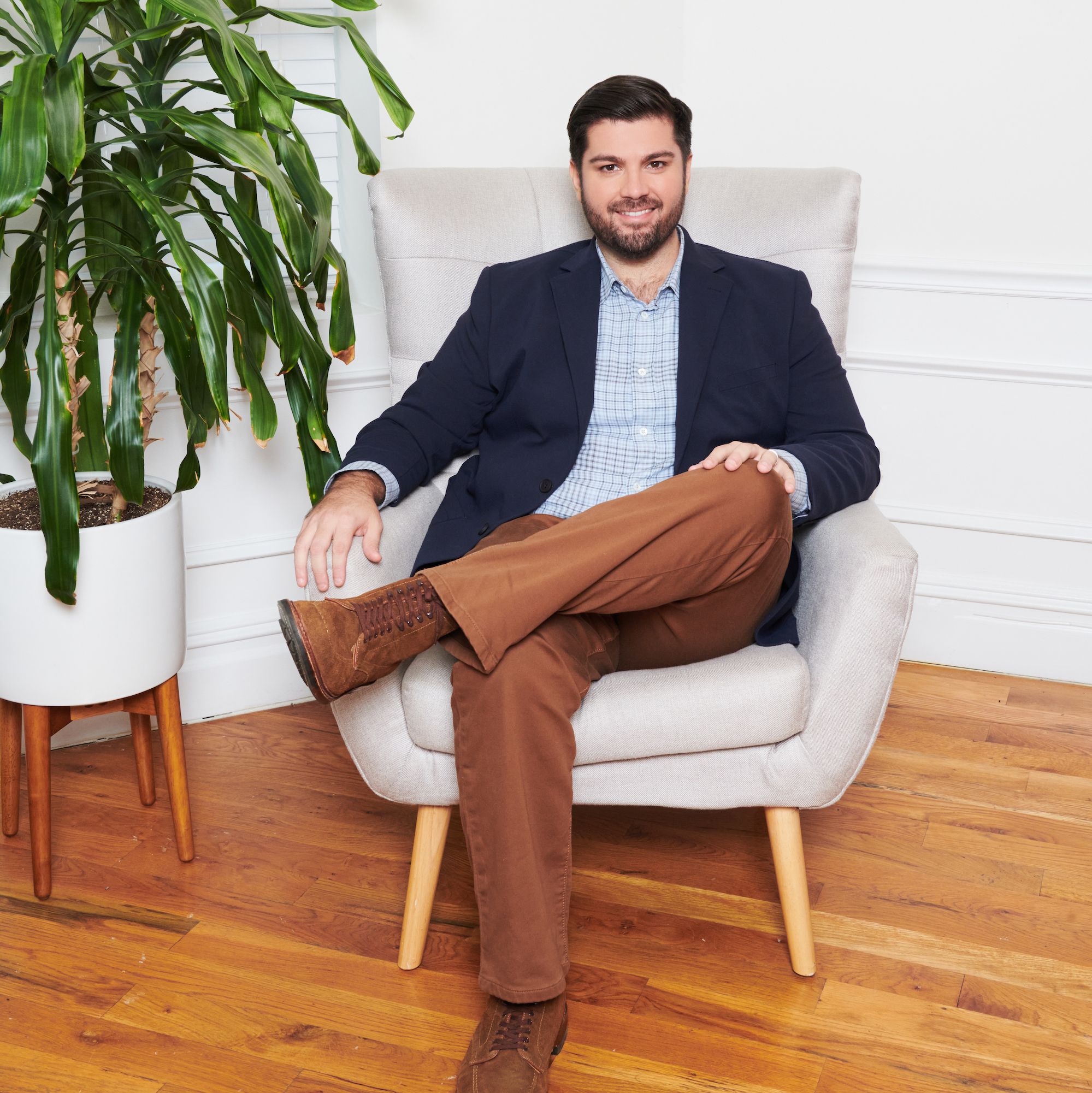
Michael Rubino, indoor air quality and toxic mold expert, is the founder of HomeCleanse, a company aiming to end the worldwide health epidemic caused by poor air quality and toxic indoor environments. Michael is a council-certified Mold Remediator by IICRC and ACAC and a contributing member, sponsor, and speaker for the Indoor Air Quality Association.
How to identify pink mold
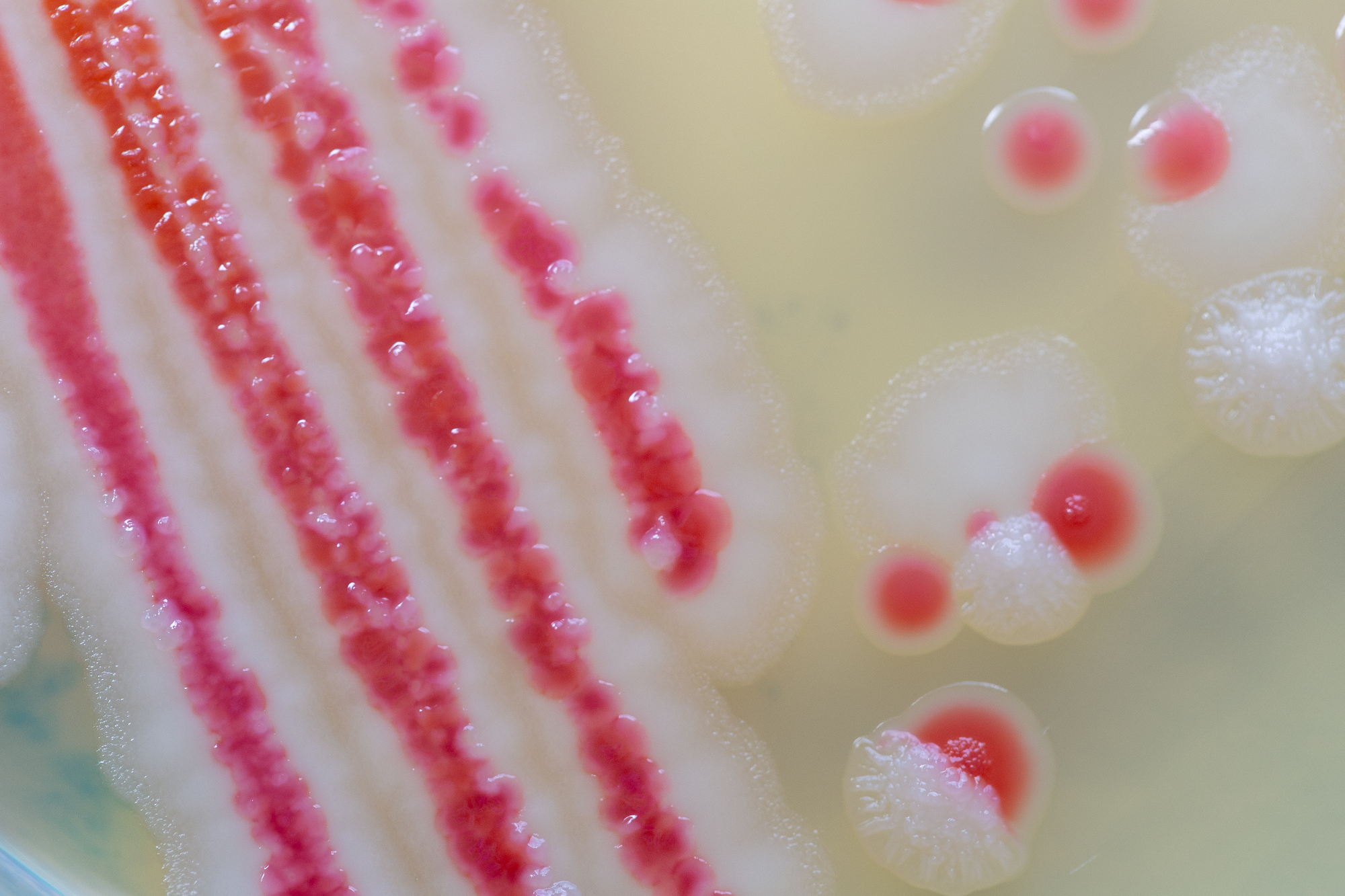
'Serratia marcescens (aka pink mold) is a species of bacteria that thrives off organic matter and moisture,' explains Bethany Uribe, Certified Building Inspector from ASAP Restoration. 'This means that it thrives in bathrooms, especially in tile grout where it can eat human detritus and be soaked regularly in moisture.'
Look out for pink mold in areas of your bathroom or kitchen that don't dry out easily, such as shower trays, around drains, on silicone caulking, or in humidifiers.
This bacteria tends to spread across surfaces in patches or streaks, and unlike other types of bathroom mold, it often looks sticky or slick rather than fuzzy. Pink mold is usually a bright pinky-orange or red shade, and though it doesn't have a distinct odor, areas exposed to it for long periods may start to smell musty.

Bethany is an AHERA-certified building inspector at ASAP Restoration. With almost a decade of experience in the construction and water damage mitigation industries, she has identified her fair share of mold and water damage issues over the years.
'All mold and bacteria release microscopic particles into the air,' explains Michael Rubino. 'The longer the growth goes on, the more particles it will release. This lowers the indoor air quality and can cause unwanted exposure as those particles enter the body through inhalation.'
So, as soon as you identify pink mold in your home, it's time to act.
What causes pink mold?
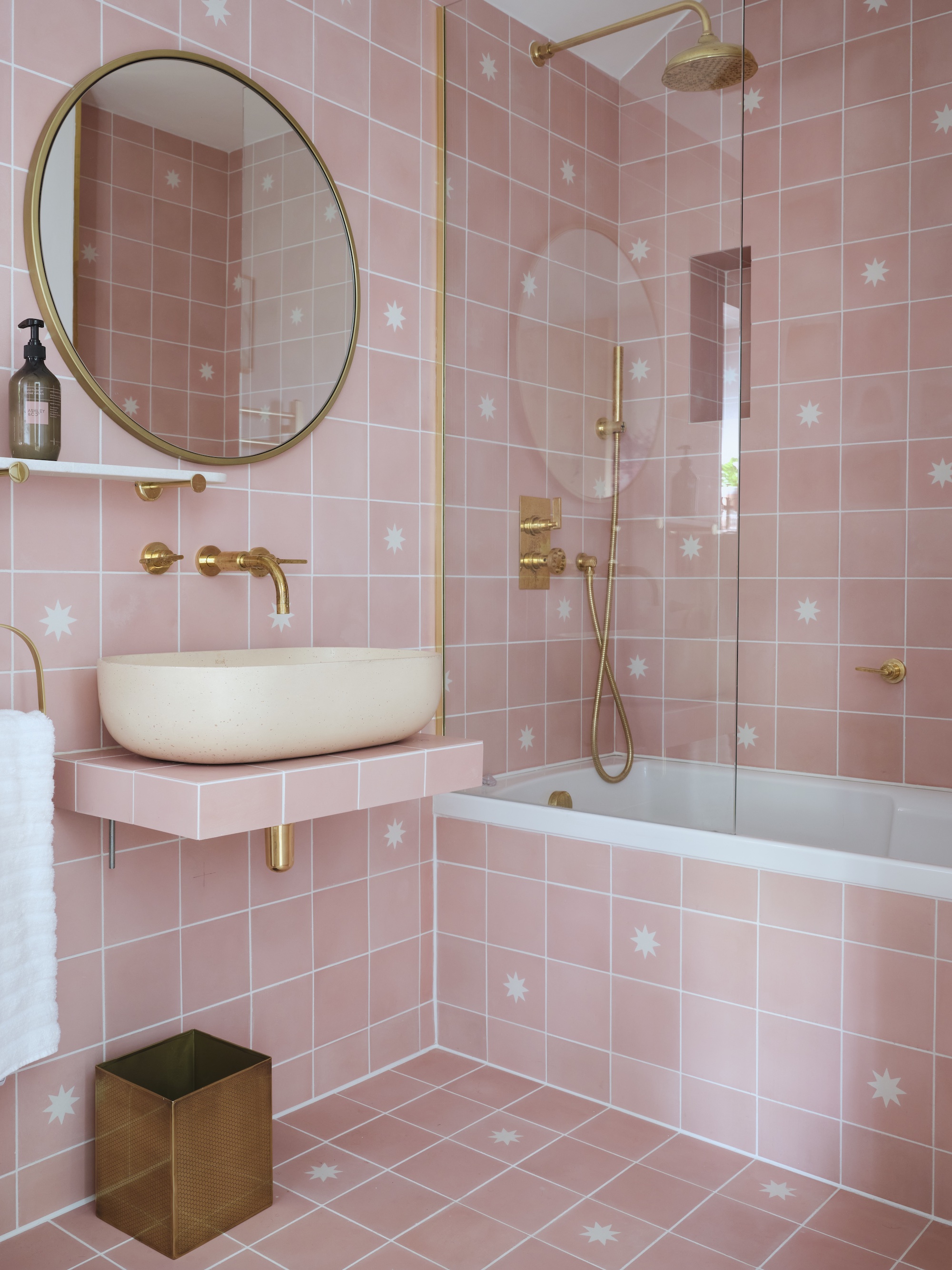
'Both aureobasidium pullulans and serratia marcescens are species that require lots of moisture to survive and thrive, so they pop up in areas with prolonged high humidity and water sources,' explains Michael Rubino. That means pink mold is likely to be found in shower grout, shower curtains, bathtubs, and humidifiers.
How to get rid of pink mold
'The answer to this question depends on where the infestation is colonizing,' begins Bethany Uribe. 'If the pink mold is appearing in your shower, it goes without saying that you should regularly clean your shower grout and drain. However, if the infestation has moved into your drywall or other porous surfaces, you may need to call the experts. When an infestation gets serious, it may require the removal of drywall, sanding down wood surfaces, and resealing them to prevent internal contamination.'
'To truly get rid of pink mold, all contamination must be eliminated,' adds Michael Rubino. 'This includes roots, dead mold, fragments, mycotoxins, bacteria, and byproducts.'
'This is why bleach shouldn't be used for mold contamination, as it only combats the surface level,' Michael continues. 'To get rid of mold I use an EPA-approved botanical product with surfactants (I suggest Benefect Decon 30, available at Walmart) to help lift particles from the surface, microfiber towels to wipe them away completely, and a HEPA vacuum cleaner.'
How to stop pink mold from returning
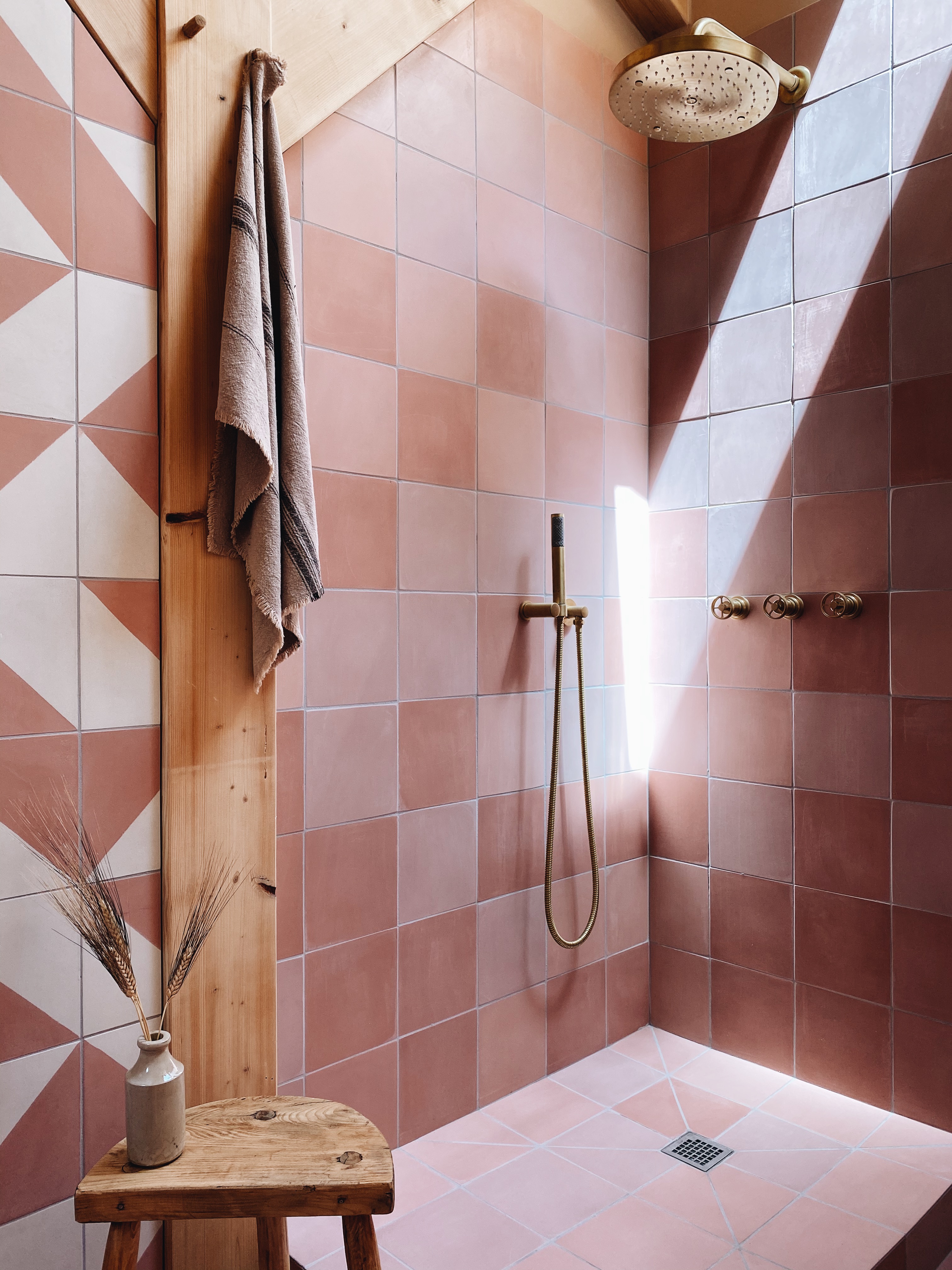
'Mold spores of all varieties live in the air around us. They are inseparable from our lifestyle, but the best way to keep them from growing out of control and forming visible and actionable colonies is to deprive them of food and moisture,' explains Bethany Uribe. 'Once you have thoroughly cleaned any surfaces contaminated with pink mold, you need to keep these areas clean and dry in the future.'
Michael Rubino agrees, adding: 'The source that led to the microbial growth has to be addressed to prevent any form of mold from returning. Some examples are misaligned tiles, aged grout in the shower, lack of cleaning, or high humidity that allows moisture to persist.'
Michael Rubino's tips to stop pink mold returning:
- Focus on creating airflow and reducing high humidity in kitchens and bathrooms.
- Maintain indoor humidity between 35-50%.
- Address window leaks and structural issues that allow for moisture intrusion.
- Routinely clean all appliances and machines like humidifiers.
- Make sure machines like dehumidifiers and humidifiers are dried thoroughly when not in use.
- Remove wet clothes from the laundry immediately and leave the door open so that the interior can dry.
- Use botanical cleaning products with surfactants, a HEPA vacuum cleaner, and microfiber towels to clean.
- Clean all machine-washable items with a laundry additive (like EC3 from Walmart).
- Separate the shower curtain and liner after use.
- Squeegee pooled water in areas like the shower.
- Hang up bath mats, towels, wash rags, loofahs, and any other wet items to dry after use.
- Clean and maintain toothbrushes and their holders.
- Regularly clean neglected fixtures like the showerhead and sink faucets.
- Invest in the best air purifier you can afford.
- Upgrade to the highest-rated MERV filter the HVAC unit can handle and change them on time.
FAQs
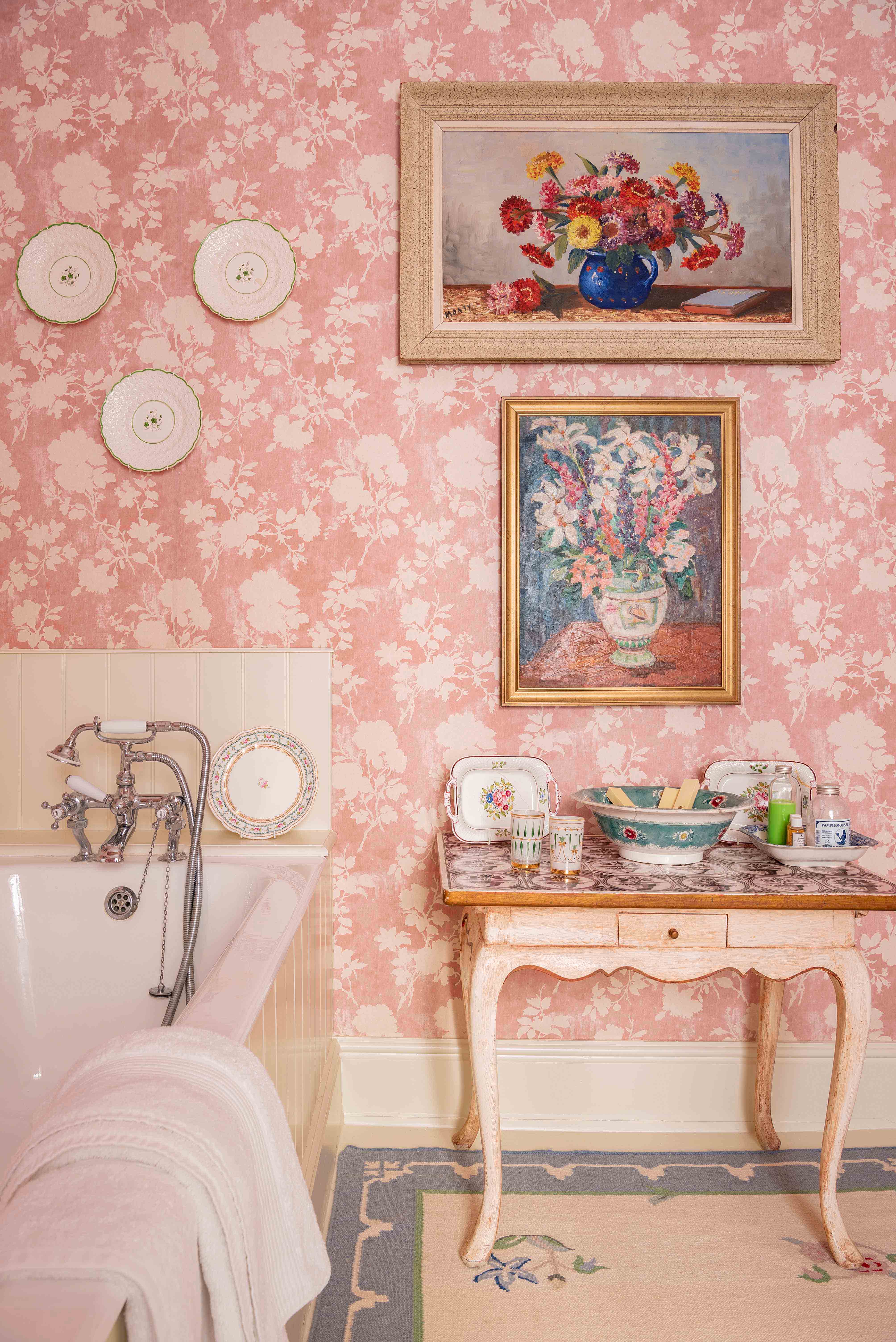
Is pink mold harmful?
'This is a broad question that can be challenging to answer,' says Building Inspector Bethany Uribe. 'Some people are susceptible to the spores of pink mold when inhaled, leading to respiratory problems, and there are other people who react to touching it, resulting in skin irritation or rashes.'
Similarly, serratia marcescens has been known to cause infections if it comes into contact with open wounds during washing, leading to urinary tract infections.
'Then again, many people have no reaction to pink mold in any quantity or at any point of exposure,' continues Bethany. 'That said, it’s best to plan for safety and eliminate it from your home if possible.'
Is pink mold a sign your have a dirty home?
No, pink mold does not necessarily mean your home is unclean. This bacterium can thrive in any environment that offers moisture and organic material, such as soap scum and body oils, which are common in bathrooms and kitchens regardless of your cleaning habits. It's an opportunistic organism that can appear even in homes that are cleaned regularly, especially in areas that remain damp and where water collects, such as shower trays, around drains, and tile grout.
However, the frequent appearance of pink mold can indicate the need for more targeted cleaning practices or improved ventilation in certain rooms to reduce high moisture levels. It's more about managing your environment and less about the overall cleanliness of your home.
To prevent any type of bathroom mold, we always recommend thoroughly cleaning your bathroom and shower, taking particular care in areas you often forget to clean, such as bath mats, shower curtains, and drains.
While 'pink mold' isn't a stylish addition to your bathroom, pink tiles can make a bathroom pop. Consider opting for a colorful bathroom scheme with chic tiles like those pictured above from Bert & May, Original Style, and The Porcelain Superstore.
Sign up to the Homes & Gardens newsletter
Design expertise in your inbox – from inspiring decorating ideas and beautiful celebrity homes to practical gardening advice and shopping round-ups.

Gabriella is a freelance contributor for Homes & Gardens. She is a DIY enthusiast and a lover of all things interior design, often found antiquing or browsing the aisles of her local hardware store. She has a particular passion for historic buildings and is in the process of renovating a Victorian coachhouse in the countryside.
For much of the past decade, Gabriella has worked as a freelance writer, crafting copy for national publications and renowned homeware brands. Most recently, she worked for Homebuilding & Renovating Magazine and is the former Head of Solved at Homes & Gardens, focusing on case studies for the magazine and website, as well as writing features about issues surrounding historic and listed building projects.
-
 Miley Cyrus breaks a cardinal decorating rule with her 'floating table' – her unexpected layout transforms a dead space into a stylish breakfast area
Miley Cyrus breaks a cardinal decorating rule with her 'floating table' – her unexpected layout transforms a dead space into a stylish breakfast areaThe singer tosses aside the maxim that furniture shouldn't be floating in the middle of the room with an innovative kitchen layout
By Sophie Edwards Published
-
 It’s a concept straight out of a fashionista's playbook, but I used the Sandwich Method to organize my kitchen shelves – it’s never looked sleeker
It’s a concept straight out of a fashionista's playbook, but I used the Sandwich Method to organize my kitchen shelves – it’s never looked sleekerIt transformed messy to mesmerizing in a matter of seconds
By Punteha van Terheyden Published